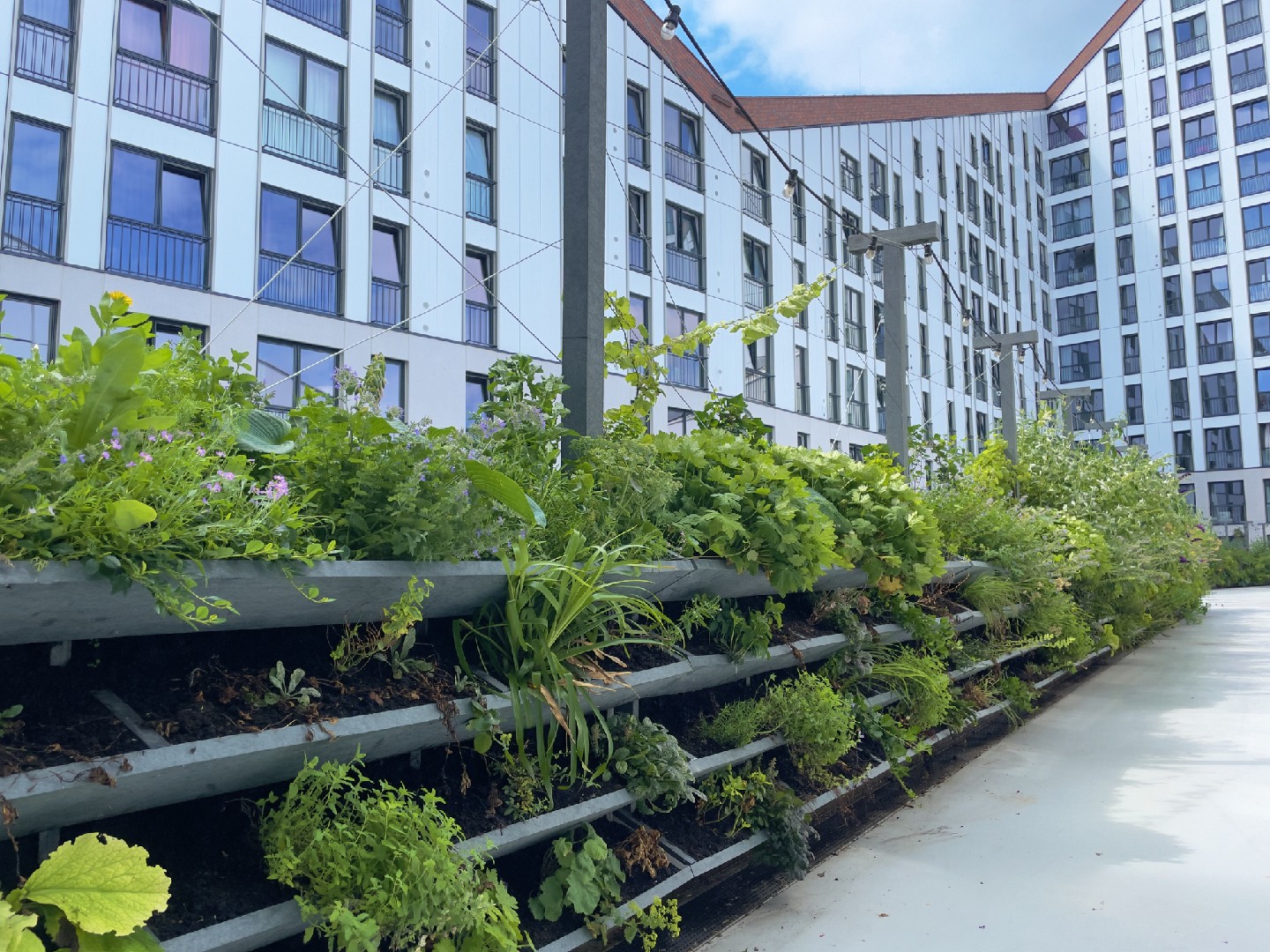![Rectangle]()
Reaping the Benefits: Space-saving and Aesthetic Appeal
One of the key advantages of urban vertical edible gardening is its space-saving capability, making it an ideal solution for those living in dense urban environments. By utilizing vertical space, such as walls, balconies, and rooftops, you can transform even the smallest of spaces into a productive and beautiful garden. This innovative approach to gardening allows you to grow a wide variety of crops in a compact area, maximizing your available space.
To effectively utilize vertical space for farming, there are several methods and skills you can employ. One popular technique is the use of trellises, which provide support for climbing plants such as tomatoes, cucumbers, and beans. By training these plants to grow vertically, you not only save valuable ground space but also create a visually stunning display of cascading greenery. Another method is the installation of vertical planters or hanging baskets, allowing you to grow herbs, lettuce, or even strawberries along your walls or fences. These planters are designed to make the most of the limited space available, while still providing adequate soil, water, and sunlight for your plants to thrive.
Apart from the practical aspect of space-saving, vertical edible gardens also offer an aesthetic appeal that can greatly enhance the ambiance of any urban setting. The lush foliage and vibrant colors of the growing plants create a visually pleasing and tranquil atmosphere, turning an ordinary wall or balcony into a captivating oasis. Furthermore, the interplay of different textures and shapes adds depth and interest to your garden, making it a focal point of your living space. Whether you choose to grow a purely ornamental vertical garden or include edible crops, the beauty of vertical gardening is undeniable.
To make the most of your vertical edible garden, it's important to consider the specific needs of your plants and the environmental conditions of your space. Adequate sunlight is crucial for most plants, so be sure to position your vertical garden in an area that receives sufficient light. If you have limited sunlight, consider using artificial grow lights to supplement the natural light. Additionally, regular watering, fertilizing, and pruning are essential for the health and productivity of your plants. It's also a good idea to choose plants that are suitable for vertical growth and have compact or trailing habits.
In conclusion, urban vertical edible gardening offers numerous benefits, including space-saving capabilities and aesthetic appeal. By utilizing vertical space and employing various methods such as trellises and vertical planters, you can grow a diverse range of crops in a compact area. The visual beauty of a vertical garden enhances the ambiance of any urban setting, transforming ordinary spaces into green havens. By considering the specific needs of your plants and providing necessary care, you can enjoy the practical and aesthetic benefits of urban vertical edible gardening.





